Find out how everything in a chemistry lab works, from pipettes to burners to recrystallization to storage. You'll get precise instructions on how to work and perform certain scientific duties in the chem lab, whether it's chemical or just ordinary high school science.
Watch this video on how to measure the melting point in the chemistry lab. The movie does not explain the melting point measurement of an actual substance but shows the melting point and the state change of a virtual one. The melting point (mp) is one of the basic properties of a substance and is employed for identification by comparing it with the reported value.
A sample having the same melting point as the authentic is mixed with the authentic, melted, and solidified by cooling. If the sample thus obtained has the same melting point as that of the original, it becomes reliable identification.
The melting points of pure organic substances are sharp, and the range between the beginning and the end of the melting should be within a few degrees. Those of impure substances are often broad and lower than the reported values. However, an apparent value of lower temperature is observed when the temperature is risen too fast. Be careful to rise the temperature. After measurement, wipe off softly the sample on the heating plate not to scratch its coating.
Just updated your iPhone? You'll find new emoji, enhanced security, podcast transcripts, Apple Cash virtual numbers, and other useful features. There are even new additions hidden within Safari. Find out what's new and changed on your iPhone with the iOS 17.4 update.
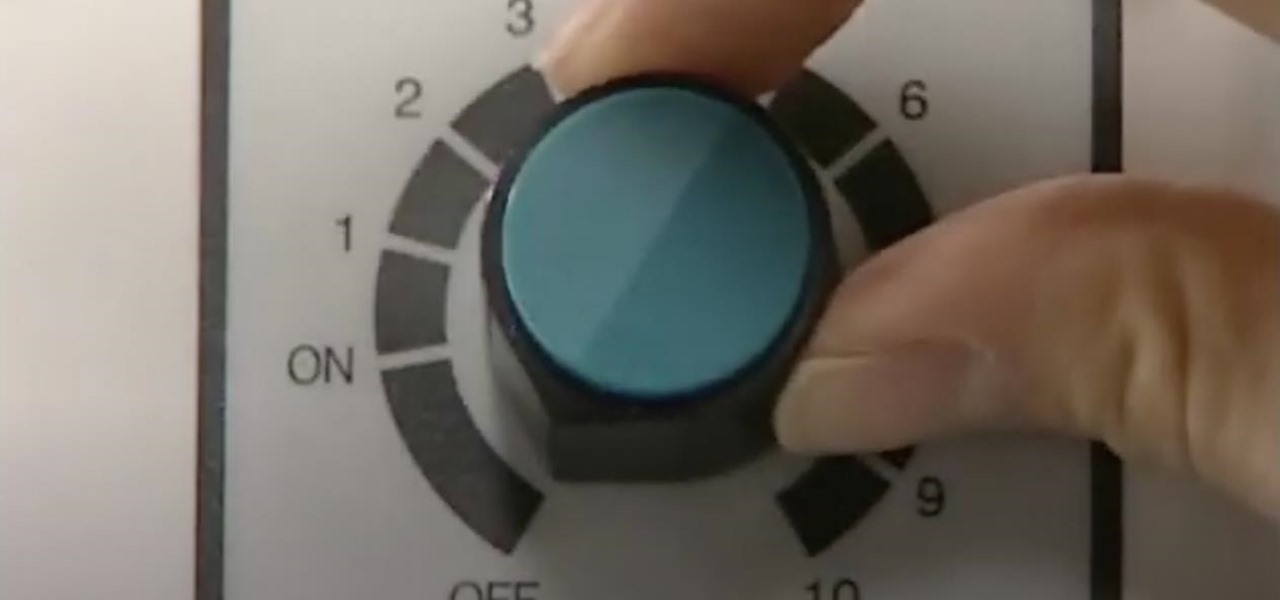


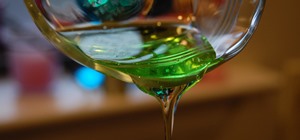
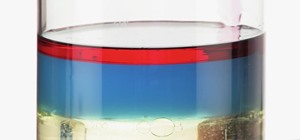
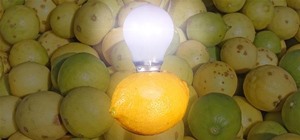

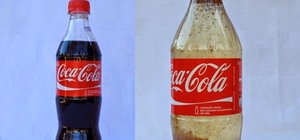
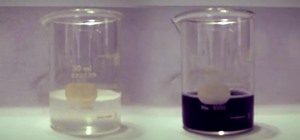
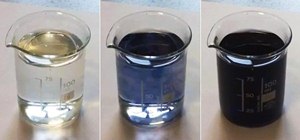
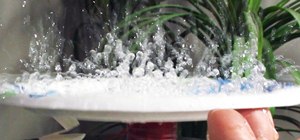
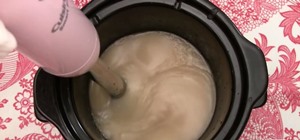

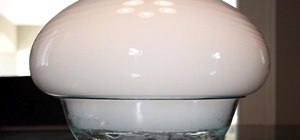
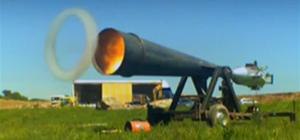
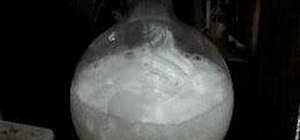

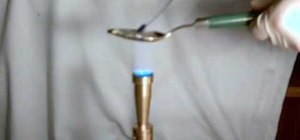
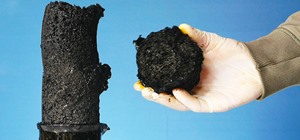
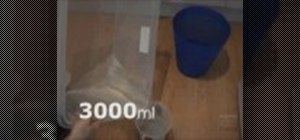


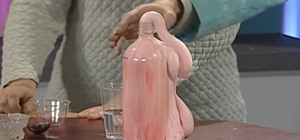
Be the First to Comment
Share Your Thoughts